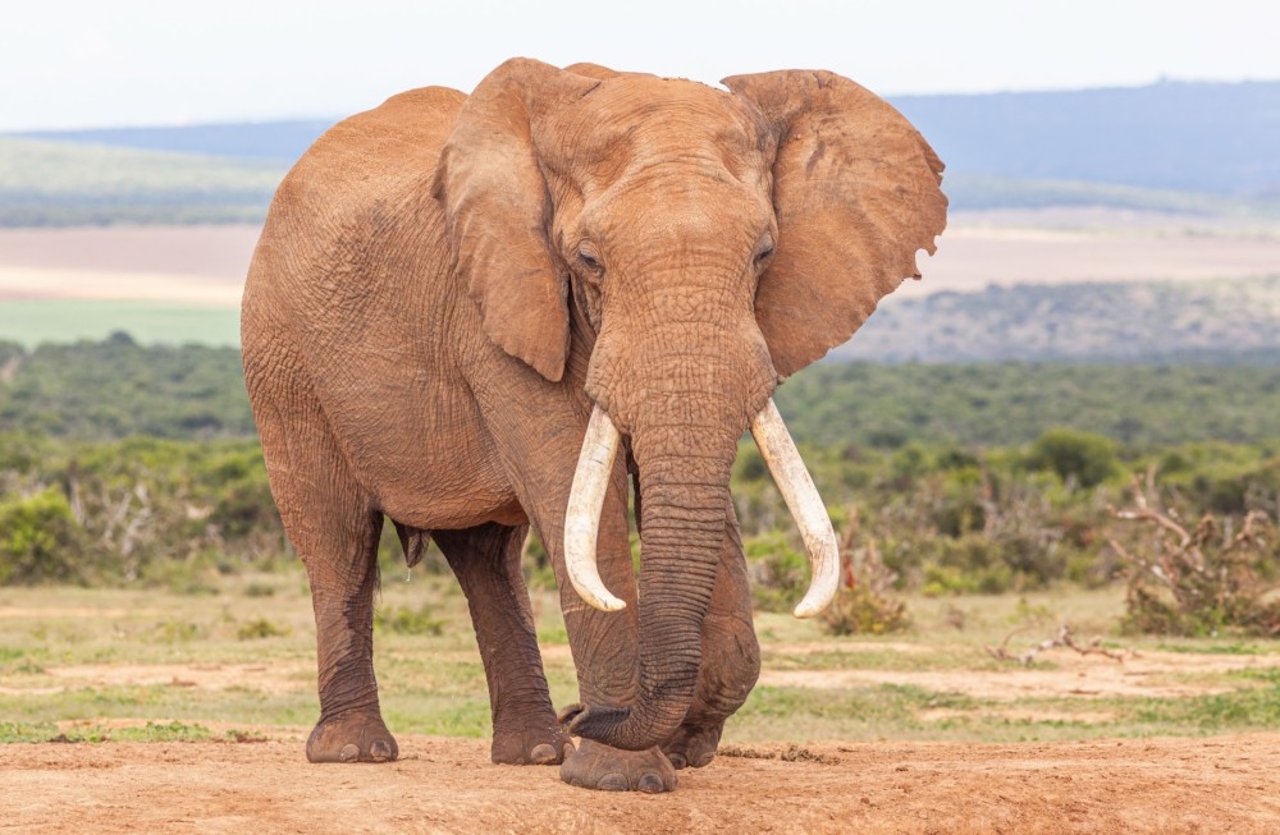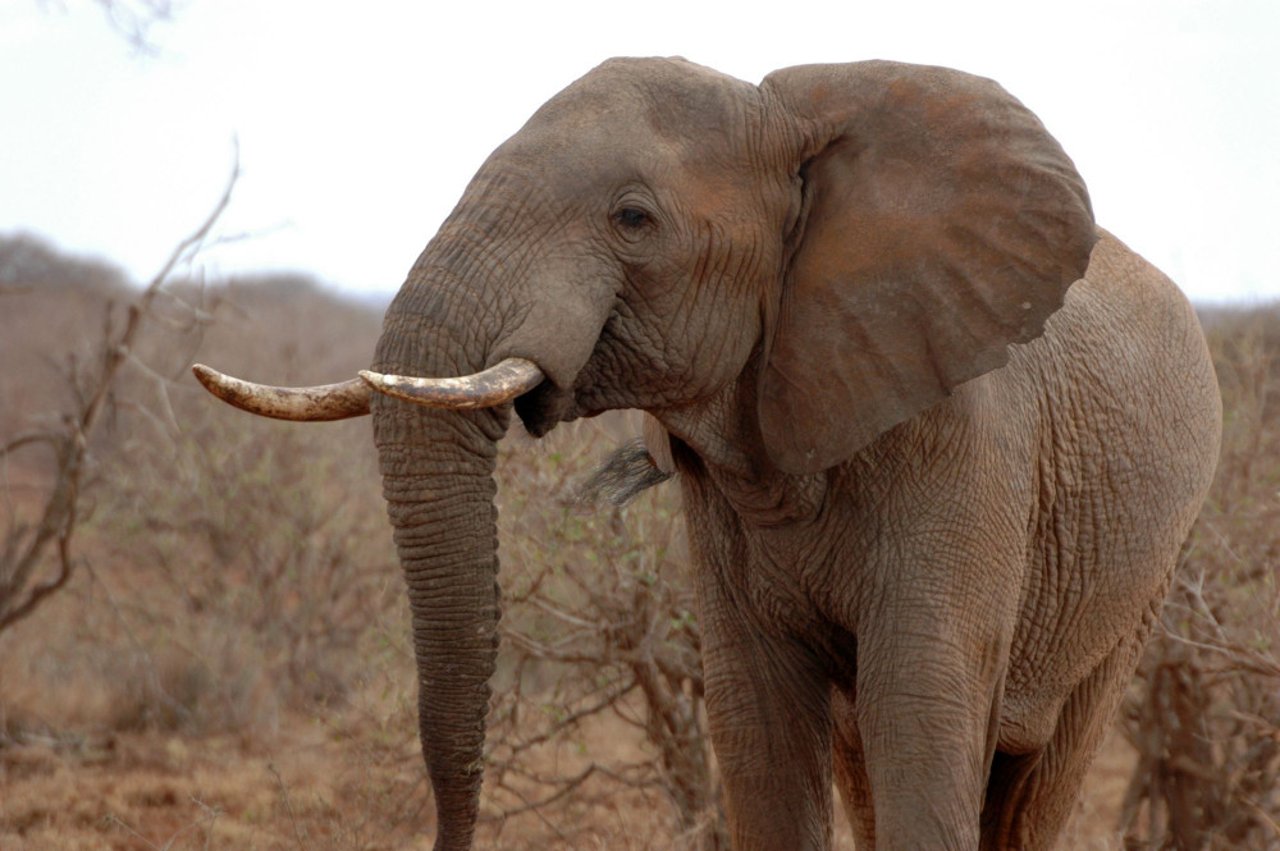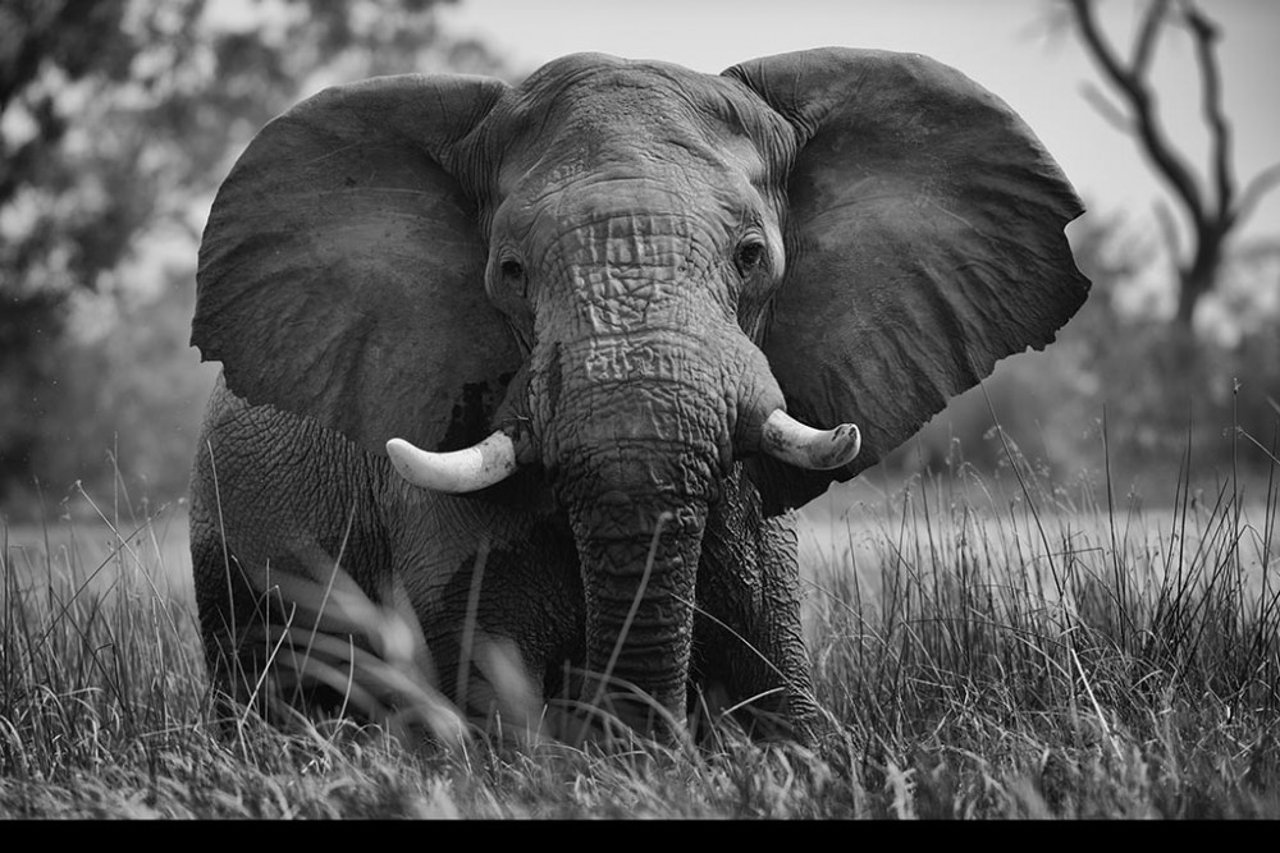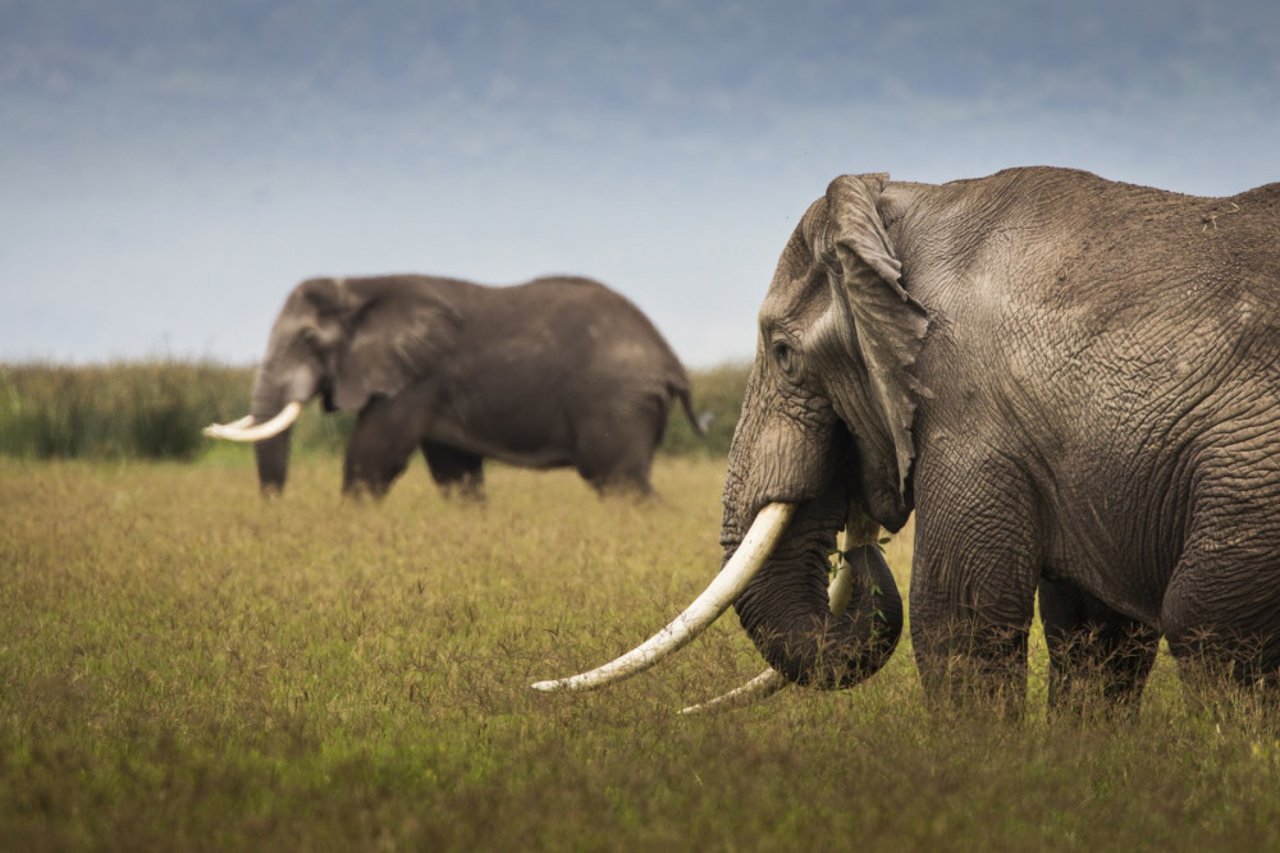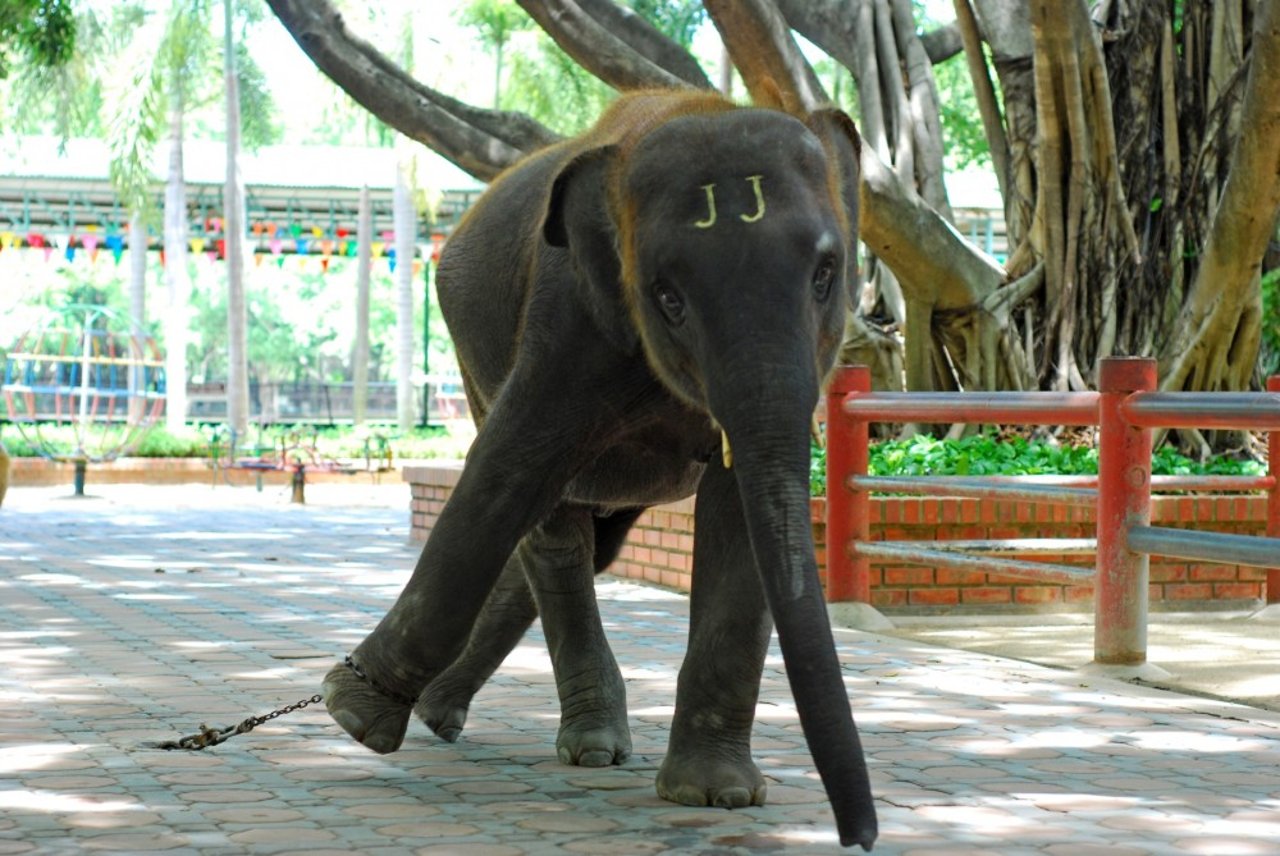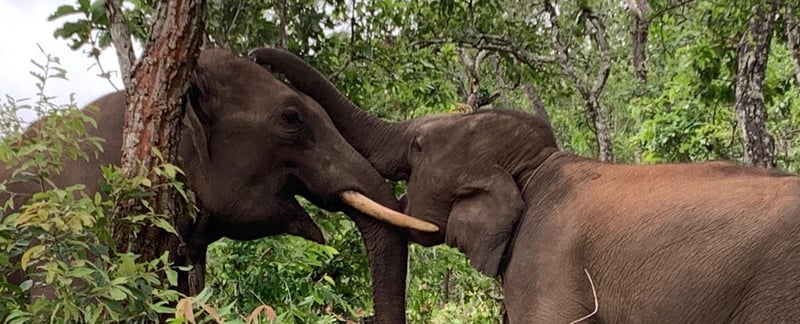
5 facts about elephants and why they don’t belong in captivity
News
The world’s biggest land mammals, elephants are known to wander the world in Africa and Asia. These five facts about elephants will help you learn more about these iconic animals.
- There are three species of elephants.
It’s true! While most people assume there are only two—Asian and African—there are actually three: the African bush elephant, the African forest elephant, and the Asian elephant. Forest elephants are smaller than bush elephants at about half the size and their tusks are straighter and downward pointing while African bush elephants have more curved tusks. Both evolved from a common ancestor and have distinctly different DNA.
African elephant in the Kenya wild
- Ears are the easiest way to tell elephant species apart
Both forest and bush African elephants have ears resembling the geometry of Africa while Asian elephants have ears that resemble the geometric shape of continental Asia. Asian elephants have significantly smaller ears than their African counterparts.
African elephant in the Zimbabwe wild
- African elephants are the largest land mammals.
The African elephants’ species can reach a staggering 13 feet tall at shoulder height. To put it in perspective, Asian elephants can reach about 10 feet tall and are a minimum height of 6.8 feet. In relation to humans, the tallest man on record is Sultan Kösen who grew to be 8 foot, 2 inches.
Wild African elephant
- Most illegal ivory comes from African elephants.
Nearly 35,000 African elephants are poached for their tusks each year for traditional Chinese medicine. While Asian elephants are still poached for their tusks, all species are at risk for poaching due to demand for their skin, which is fashioned into jewelry. Conservation organizations estimate nearly 100 elephants are poached each day. Most tuskers are male, with the largest tusks being targeted for the most ivory. However, most recently tuskers have been found with smaller tusks either as a protective evolutionary trait or because larger males have been poached out of the gene pool.
African elephants enjoying the wild
- Elephants suffer in captivity.
Elephants in the wild have one of the largest home ranges, often walking up to 40 miles each day. In captivity, whether it’s a circus, zoo, or other commercial venue, captivity cannot nearly replicate their natural environment. Unlike dogs and cats, working alongside, breeding, and interacting with elephants has not changed their behaviours and they remain wild (undomesticated). This means that trainers must implement painful and traumatizing techniques, such as “the crush” to force the captive elephants to obey.
Elephant in captivity to fuel the entertainment industry
- How can we protect elephant
One of the most important things we can do to protect elephants is to refuse to participate in activities where direct contact of wild animals takes place. Bathing, riding, feeding, or simply touching an elephant means that the animal had to endure being torn from its mother’s side, tied down, and beaten with sharp weapons called a bull hook in order to make it submit to human interaction.
We can also take action by reporting illegal ivory where there is a ban in place to the proper authorities, decreasing the social acceptance of ivory, and working to protect their natural habitats.
Third and lastly, this World Elephant Day, you can participate in our ongoing global G20 petition that's asking world leaders to put a permanent ban on wildlife trade. Sign up below and add your voice.
This World Elephant Day, you can participate in our ongoing global G20 petition that's asking world leaders to put a permanent ban on wildlife trade. Sign up at the end of the article
